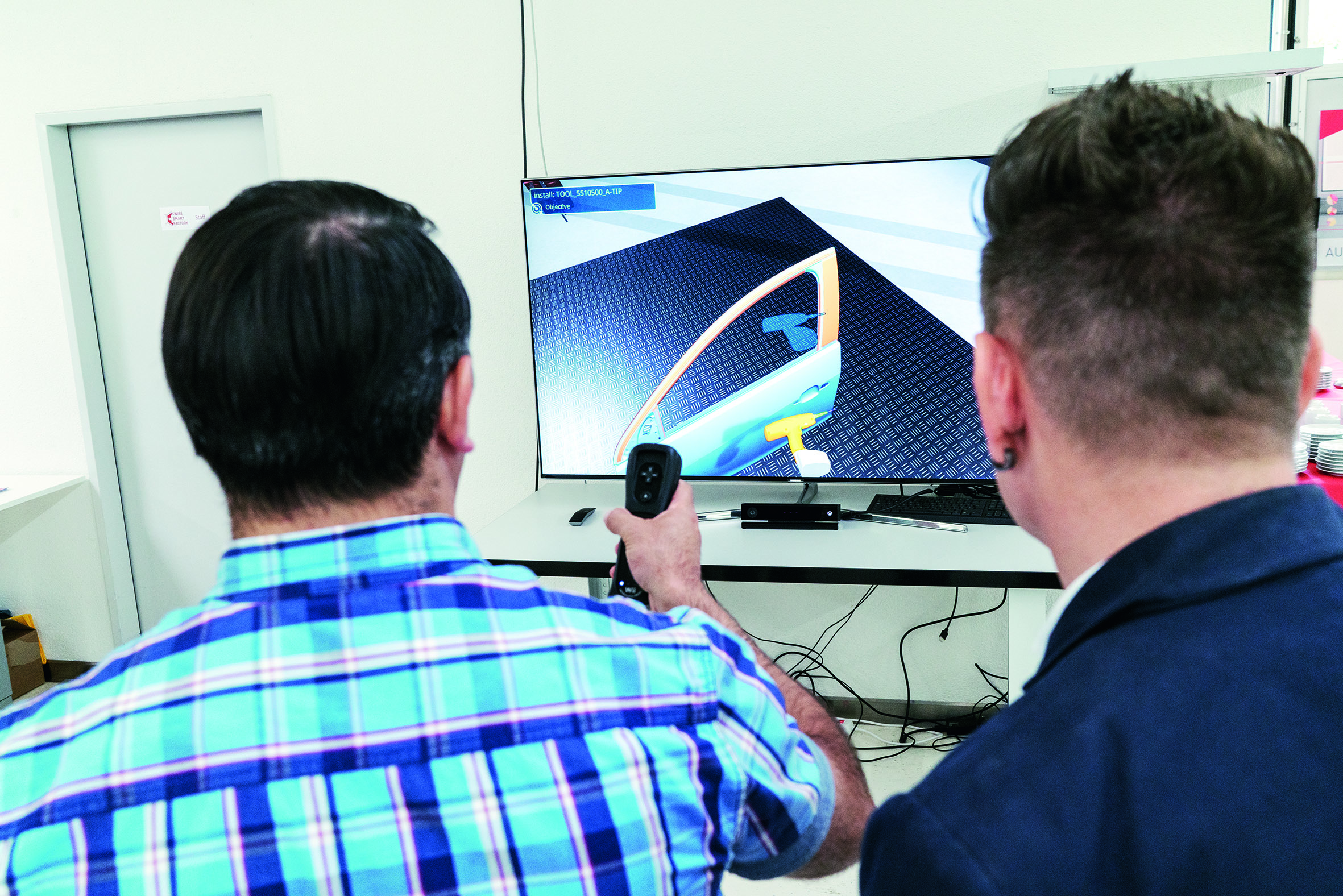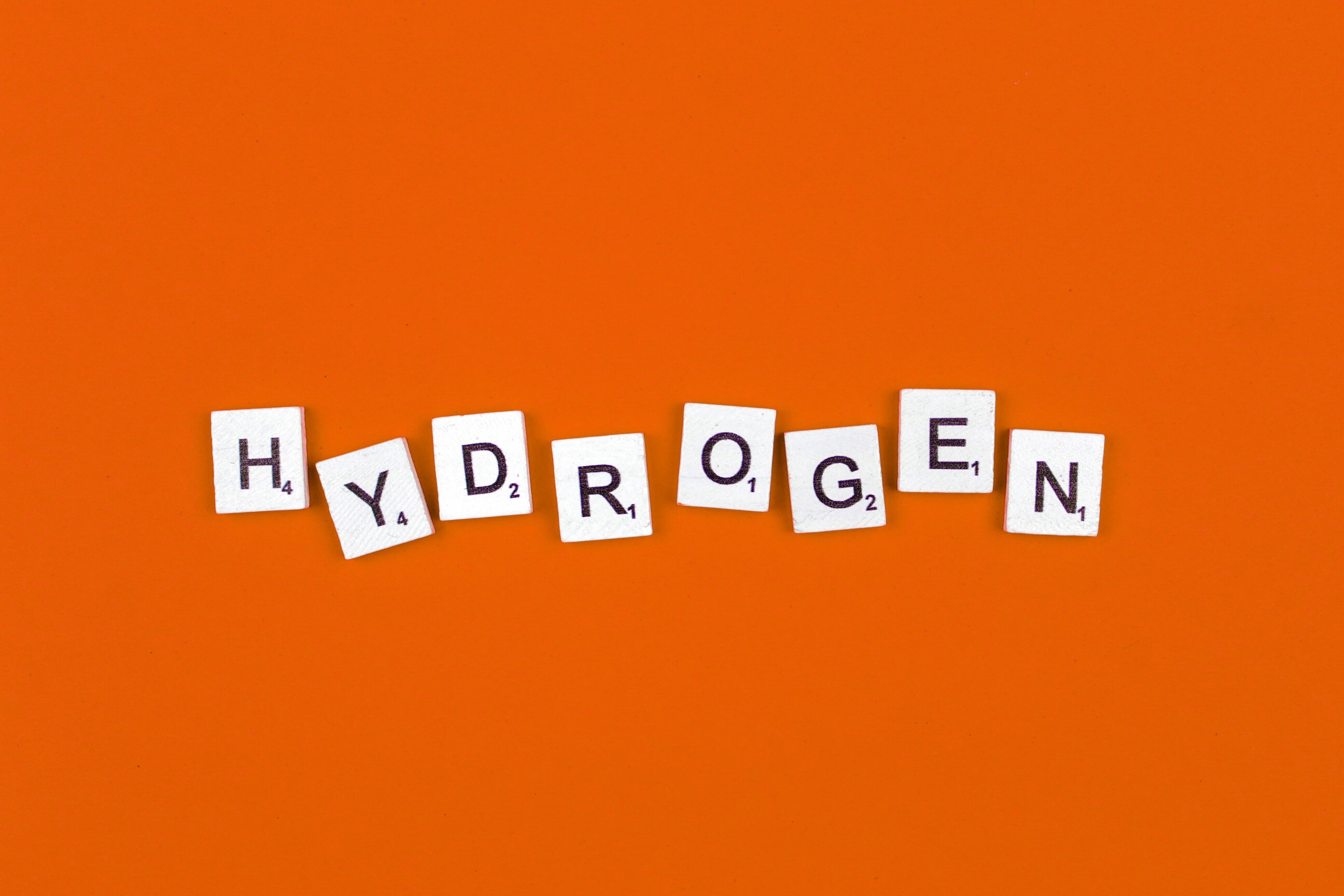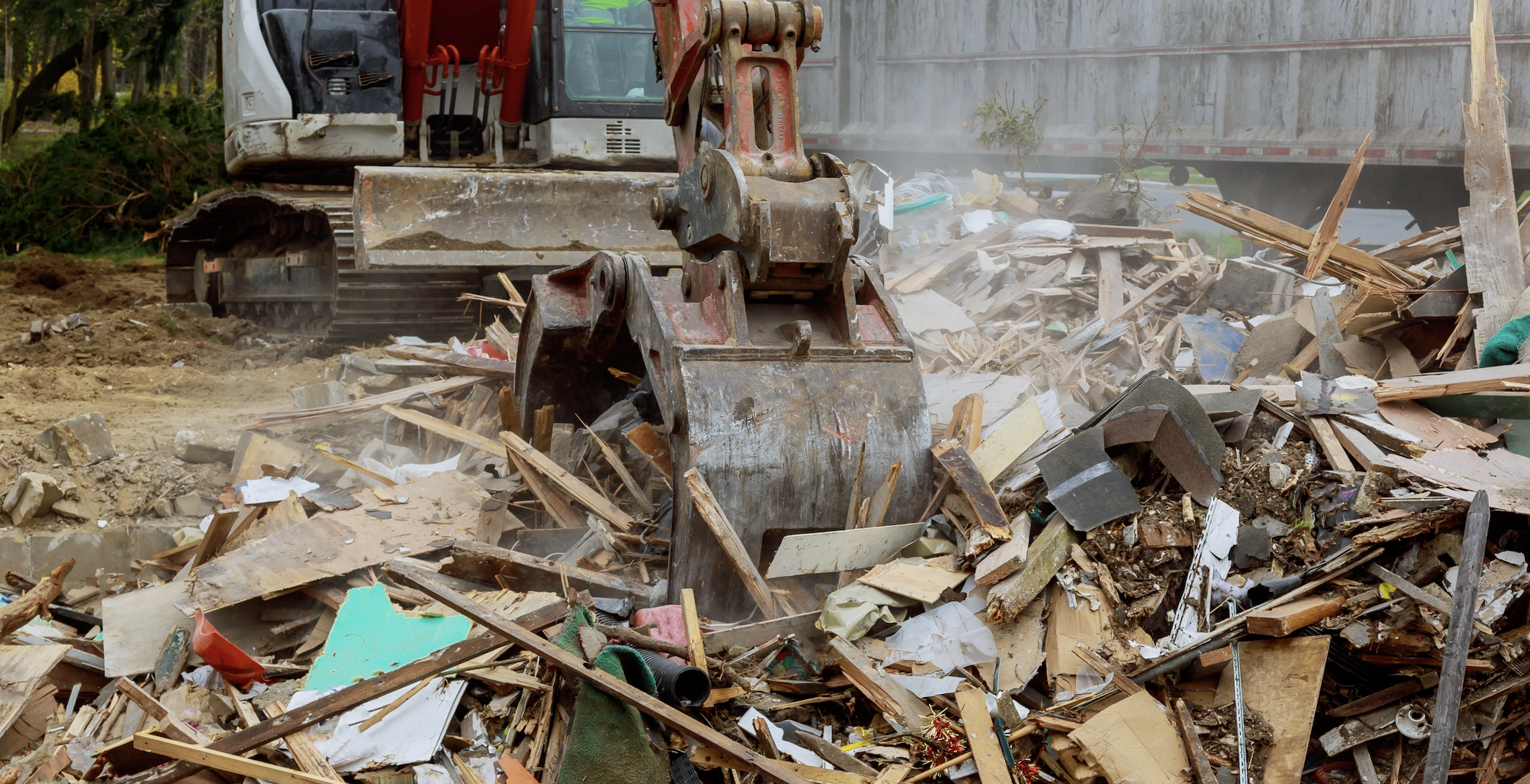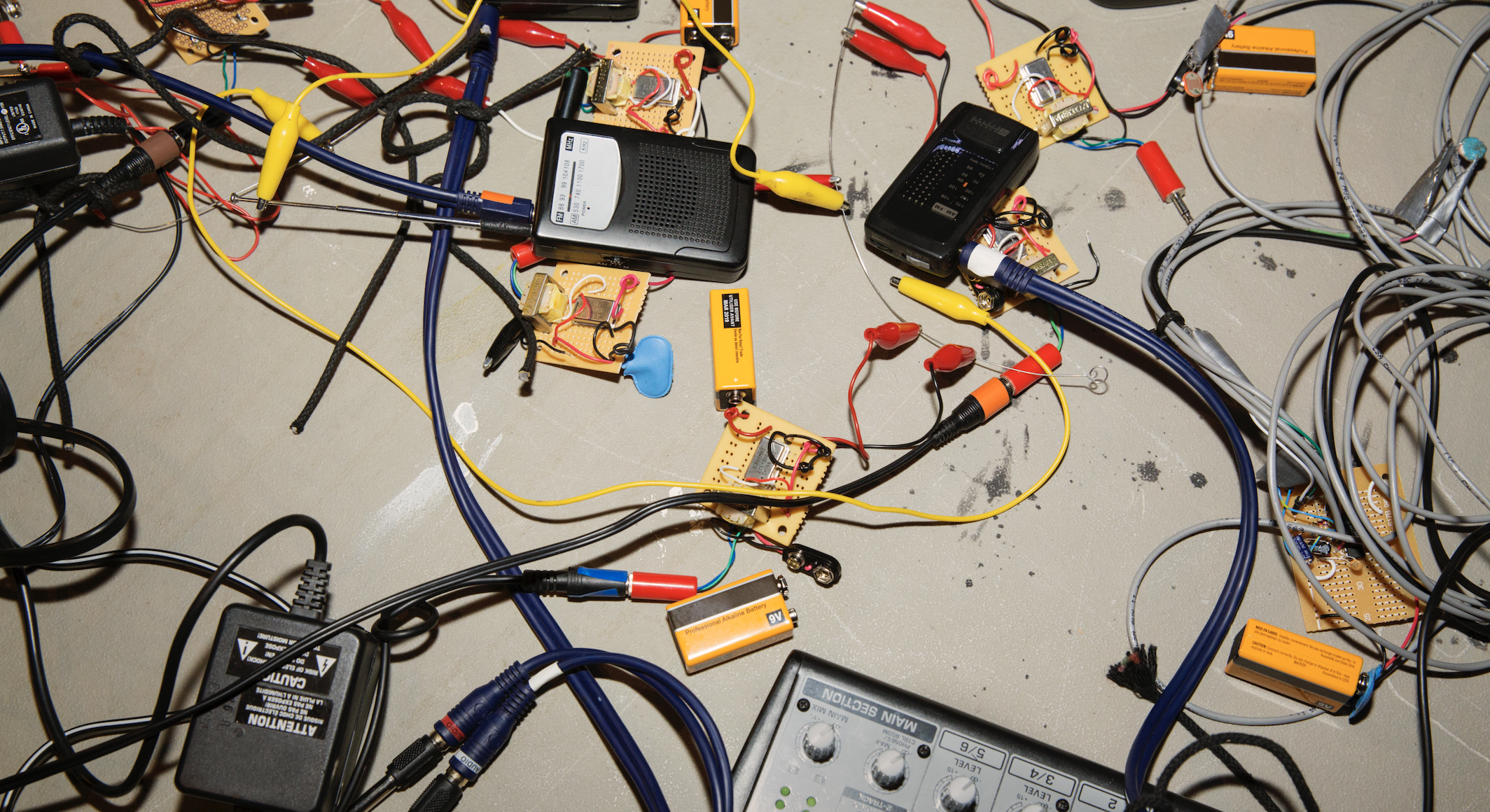The Fishery Wharf of Arnemuiden preserves historic boats as a mean to preserve and disseminate old craftsmanship in building, maintain, restore historic vessels
Old historic sailing vessels need to be restored and kept sailing. But knowledge no longer is taught in the traditional educational institutes. At the same time an old fishery wharf was forced to close because of lack of orders. The owner of the wharf and local(retired) fishermen and other craftsmen deployed a plan to save wharf from closing by establishing a foundation for the preservation of old sailing vessels. By founding this institute also all the technical information ( drawings, moulds, tools, etc.) of the wharf could be saved. With a modest annual subsidy of the municipality the wharf can buy old historic vessels and save them from demolition. Every vessel is carefully restored on basis of old plans and photo’s. During the restauration the craftsmen teach the old crafts to young people by training on the job. The whole wharf, which originates from 1786, is still operational, which is exceptional in the Netherlands. One of the special elements of the wharf is that almost the complete rear façade can be removed in order to tug a large vessel in. The wharf is good example of maritime heritage that is community based. Stakeholders are :
1) Residents in the fishing community
2) Volunteers with interest in old crafts
3) Technical schools in Zeeland and persons with interest in old craftsmanship
4) Fishing (heritage) stakeholders ( present and old fishermen, fishing families)
5) Heritage providers
6) Local museum
7) Non-fishing heritage stakeholders
Resources needed
The wharf receives on a yearly base € 7,000 to preserve and exploit the wharf and its museum value objects. The subsidy is granted by the Municipality Middelburg
Evidence of success
The Wharf “Meerman” has restored more than 20 sailing vessels, which all are in use today.
The moulds and tools are now museum pieces and showed while in use: living heritage
Difficulties encountered
Difficulties are:
• Finding extra financial resources to make the wharf future- proof
• Finding volunteers with certain skills
• Finding old sailing vessels to restore
A good business plan is important to make the project successful in the long term
Potential for learning or transfer
The project can be transferred to other regions, with maritime heritage, such as Paphos (Cyprus), Mallorca (Spain), Viana, (Portugal) and Kavala (Greece).
The CHERISH partnership sees potential to make the wharf future proof by :
- Extending the opening hours
- Wider services
- Add new economic opportunities by stimulate the spending during the visit of the wharf such as : 1 ) sales of books, maps and other touristic articles, offering coffee/ thee and soft drinks, …..
- Make an original terrace near the Arne, the waterfront, a place where visitors can meet
- Increase the residents and stakeholder involvement
- Make links with artists and other related heritage
- Add a learning by doing concept in close cooperation with technical schools so the wharf is used as a extending technical school building
- Disseminate the story behind the craftsmanship and maritime heritage
- Make more publicity and use social media ( Friends of the wharf)
Please login to see the expert opinion of this good practice.
Tags: Tourism








